Hydropower : renewable but not really “green”
Hydropower covers worldwide 16 % of the production of electricity, in Europe depending on the countrys 3% up to 96 %
Hydropower covers 16% of the world’s electricity production, and in Europe between 3% and 96% (depending on the country)
Hydropower is the third largest source of electricity production in the world (16%), behind coal (41%) and gas (21%). In some countries, notably those in the Alpine region, nearly two-thirds or more of the electrical energy produced comes from hydropower, while in other countries it represents only 3 to 10% of production. France is the largest producer of hydroelectricity in the European Union (67 TWh), the second largest in Europe after Norway (144 TWh).
In Europe, many small and large dams are still under construction because of policies to subsidize renewable energy. And this despite their negative impact on aquatic ecosystems. Hydropower has long been perceived as “ecological” simply because it is renewable. However, its negative impact on the proper functioning and dynamics of rivers is proven and significant depending on the case (more information on our page Impact of dams and weirs and the sheet produced by FNE “Watercourses to the test of a mature energy”).
If the construction of large dams tends to decrease in Europe, the construction of micro-hydro power plants is in strong growth. See our page “Small and micro hydroelectricity: worrying development”.
ERN position on Hydropower is very criticisme
In certain countries, such as the countries of Eastern Europe, the potential is still little exploited and a moderate, sustainable and considered development would remain acceptable. In order not to repeat the mistakes made by countries that have already strongly developed hydroelectricity, it would be necessary to define a global development plan for rivers, thus avoiding the “uncontrolled” development of power plants and allowing the preservation of the most intact rivers with high stakes.
On the other hand, in European countries and regions, especially in the mountains, which have exploited almost all their hydroelectric potential, leaving only a few rivers free and in good condition, ERN is in favour of a simple and unique improvement of the existing and ageing stock. Many structures need to be modernized, others need to be dismantled to ensure consistency with the protection of species and habitats..
ERN Position ; Exemple France
France has developed its gross hydropower potential (excluding overseas territories) to more than 90%. This production plays a very important role in the “energy mix” of our country (13% on average of the total electricity produced in France), positioning it as the largest producer of hydroelectricity in the European Union (France 67TWH/year, Switzerland 31TWH/year), but at the cost of heavy tolls on our rivers and migratory fish.
.
This is why hydropower is only marginally part of the energy transition in France (Energy Transition Law, aims at a 40% renewable energy target in 2030, the increase in installed hydropower capacity (including tidal power) is between 0.4 and 1.1 GW (compared to 12 to 14 GW for solar and 11.5 GW to 15.7 GW for wind).
.
.
ERN’s priority is to reduce the country’s overall energy consumption! The use of hydroelectricity must be based on the improvement of the existing park and not on the creation of new hydroelectric works.
The use of this energy implies a reflection on a large scale, national at least, including the reinforcement of the preservation of the zones of watercourses with strong ecological stakes; this only will make it possible to avoid the opportunistic and anarchic development of new works, harmful to the French rivers.
It is also important to study and encourage the use of new technologies related to renewable energies, whether or not they are hydroelectric..
- Strengthen energy sobriety and efficiency
France’s objective in the framework of the Energy Transition is to reduce energy consumption by 50% by 2050. The potential for energy savings is enormous! To exploit it, major efforts must be made, in particular through more sober individual and collective behavior, as well as more energy-efficient buildings, vehicles and equipment.
More infos (french) : Le Manifeste négaWatt, en route pour la transition énergétique ! octobre 2015, Coédition Actes Sud/Association négaWatt
-
Define and enforce the principle of “no go” zones
Our country is largely equipped. The residual potential of hydroelectricity is only a few hundred MegaWatts, at most. Thus it is necessary to ensure that, on the rivers classified in Lists 1 and 2, defined by the Law on Water and Aquatic Environments of 2006, are superimposed zones that could be described as “no go”, within which it will be possible neither to build new works, nor to install hydroelectric turbines.
Counter-examples: Despite the classification of rivers in List 1, (biological reservoirs, migratory rivers, very good ecological status), micro power projects continue to be proposed on “jewel rivers”. In 2018, micro-power plants are planned, for example, on the Guiers Mort, a river classified as List 1 in the Chartreuse Regional Natural Park, on the Petit Tabuc, in the Ecrins National Park, on the Nant Bénin, in the Chartreuse National Park, labeled “Wild River Site”. A micro-power station is under construction on the Desges (Haut Allier), classified in List 1, just upstream of the Conservatoire National du Saumon Sauvage de Chanteuges.
-
Improve the existing hydroelectric park by increasing its energy and ecological performance
It is imperative to improve the existing installations. The modernization of the turbines and the entire electromechanical part of the installations would allow important gains in production, up to 30% for certain equipment. On the whole of the hydroelectric production, the potential increase is estimated between 1 and 4%. In the same way, technology and the state of knowledge allow today to completely reconfigure the structures in order to ensure the piscicultural and sedimentary continuity.
Example: In 2019, work will begin on the redevelopment of the Nouveau Poutès, on the Haut Allier. The structure will be lowered from 17 to 4-6 m. Equipped with an inverted flap valve, it will be transparent for sediments and salmon and will keep about 80% of its production. More information on this project on DAM WATCH
-
Eliminate hydroelectric structures that have a significant impact on aquatic environments
It is necessary to remove facilities that have a low economic return and/or a strong impact on aquatic environments. These are either structures identified as strategic for biodiversity or poorly designed structures that have reached the end of their concession or authorization. It is advisable to act as a priority on the axes of circulation of migratory fish and on the rivers where the sediment deficits are strong. It is necessary to take into account the fact that today there are often better options (wind, solar, biomass) in terms of renewable electricity production.
Examples: In 2018, the large EDF dams of Vezins and La Roche qui Boit, on the Sélune river in the Manche department, will be removed. The structures, which have a combined power of 17 MW (the power of 3 offshore wind turbines) and 25 GWh of production, have reached the end of their concession. The deletions will allow the renaturalisation of a small coastal river, which flows into the Bay of Mont Saint Michel, and to build, through local consultation, an attractiveness conducive to sustainable tourism. More infos here
In the United States, the Americans have removed the two large dams at Elwha (32 meters) and Glines Canyon (64 meters) on the Elwha River, a historic salmon river in Washington State.
-
Equip with turbines certain weirs, locks or structures having a use of collective interest and located outside the sites at stake
Some transverse structures, such as locks, navigation dams, mill weirs with great heritage value, but also drinking water supply structures could be equipped with hydroelectricity production devices, provided that ecological continuity is guaranteed. In certain cases, the equipment of structures, on obstacles that it is necessary to preserve because of their demonstrated use of collective interest, would make it possible to restore ecological continuity by generating an economic activity that could finance the crossing devices.
New generations of turbines, such as the VLH (Very Low Head, slow rotation, low impact on fish populations) allow to equip, for run-of-river productions, weirs having in themselves little impact on the water courses. According to monitoring carried out by the French Agency for Biodiversity, these turbines, when properly operated, would cause mortality of the order of only a few percent for the downstream migration of migratory species and freshwater fish.
Example: In 2012, the Roanne micro power plant was inaugurated on the Loire. With a power of 6 MW, it was built on a navigation dam built in 1909, not equipped with crossing devices and impossible to remove, because it feeds the lateral canal to the Loire, on which pleasure boating has developed. 5 kilometers of river have been made accessible, up to the downstream of the big dam of Villerest. Fifteen days after the inauguration of the micro-power station, in April, a salmon of almost one meter was observed in the fish ladder of the micro-power station.
-
Optimize the production of work chains
It is also possible, on certain rivers that do not present major ecological issues, to completely reconfigure the hydropower production system. Some dams, for example in chains of structures built at the beginning of the century, can be removed and replaced by one or more dams of recent design. Some structures can be raised, allowing gains in production, and to compensate for the removal of some others, as the Americans have done on the Penobscot. In any case, it is very important to think of hydroelectric production on the scale of the whole river basin. In this sense, it is necessary to favor the grouping of concessions on an entire section or sub-basin in order to improve management and reduce the impact on the river.
Example: The Romanche, tributary of the Drac in the Isère department, was equipped at the beginning of the 20th century for the industrial needs of the valley (metallurgy). EDF launched the “New Romanche” works in 2012. Six power plants and five dams were replaced by an underground power plant and an intake dam. The new installation, which should be operational by 2020, will be more powerful (155 GWh additional), better integrated into the landscape and more environmentally friendly.
-
Exploit new alternative hydroelectric potential: tidal power, drinking water, wastewater, marine hydraulics and others
New techniques are emerging, such as floating tidal turbines on rivers, for small powers. Local authorities are also working to install micro-turbines on drinking water or sewage systems. Marine tidal turbines are also a promising source of power that should be encouraged.
Examples: After Madrid, the Ardèche city of Annonay is since the end of 2017 the second city in Europe that will produce electricity, thanks to a turbine on a drinking water pipeline. Also, the city of Saint Etienne, as part of its Tepos, (Positive Energy Territory) is currently studying opportunities to equip its drinking water production facilities to produce hydroelectricity. For more information
8. Set up smart grids and study the development of STEPs to smooth out consumption and production peaks
In France, there are currently 5 large Pumped Storage Facilities (PST = STEP in french) (11 in total). The development of PST (STEP in French), under certain conditions (associated with another source of alternative energy production in the vicinity in particular), to meet energy demands during peak consumption periods, needs to be better studied. At the same time, technologies for smart grid management and peak smoothing need to be developed.
More infos about smart grid : www.smartgrids-cre.fr
9. Review the business model and encourage voluntary alternative approaches
In France, hydropower is an economic model under perfusion, totally artificial, not reflecting the reality. It is necessary to stop subsidizing hydropower, especially small hydropower, and to stop the guaranteed buy-back obligations for all hydropower. These subsidies must be redirected to the development of renewable energy not yet exploited (solar, wind…). On the other hand, it is necessary to increase the subsidies which will allow the improvement, the modification or the deletion of existing dams and to encourage the owners and concessionaires to go further (bonus) in particular by the creation of a label guaranteeing a production of renewable energy but also ecological respecting, among other things, the piscicultural species and the transport of the sediments The big dams that it would not be possible to remove, would be subjected to a tax (malus) that would be used to finance the restoration of rivers.
Example: Since 1999, Switzerland has implemented a label called “Nature Made Star”. Today, it is the only proven renewable energy label that includes binding ecological parameters. More information at www.naturemade.ch
Other documents to download (in french only for instant sorry)
Brochures, posters, vidéos
Brochure et poster
- Les projets de microcentrales menaçent les rivières sauvages, 2017 ERN, français
- Plaquette : Enlever les vieux barrages inutiles sur la Loire et les rivières de France
- Le démantèlement de barrages en France et en monde
- Convention hydroélectricité durable et restauration des milieux aquatiques
- Position Hydro – ERN France V180208
- Chiffres clés_hydro_UE_FR – ERN France_180123
Communiqués de presse et autres
- Convention hydroélectricité durable et restauration des milieux aquatiques : SOS Loire Vivante – ERN France a signé en présence de M. Borloo Lire la convention (14 pages)
Examples of bad projects
Les plus belles rivières des Balkans, de la Slovénie à la Grèce, sont menacées par plus de 3 000 nouveaux barrages actuellement en projet: Participez à la campagne de Patagonia “Save the Blue heart of Europe”
Projets de microcentrales sur des rivières sauvages : trois rivières à très haut risque dans le Parc National des Ecrins, de la Vanoise, et le Parc Naturel Régional de la Chartreuse
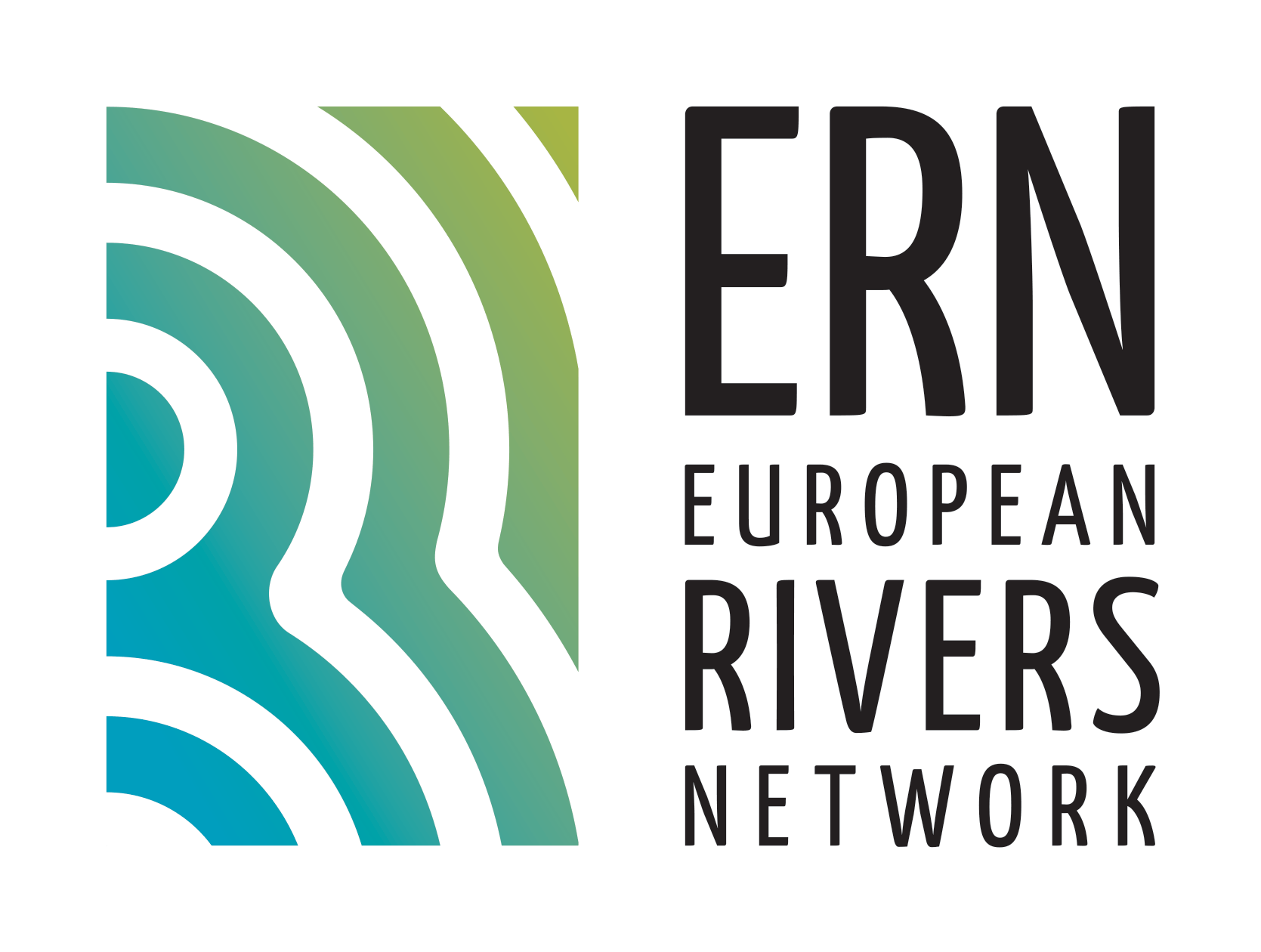
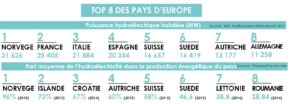
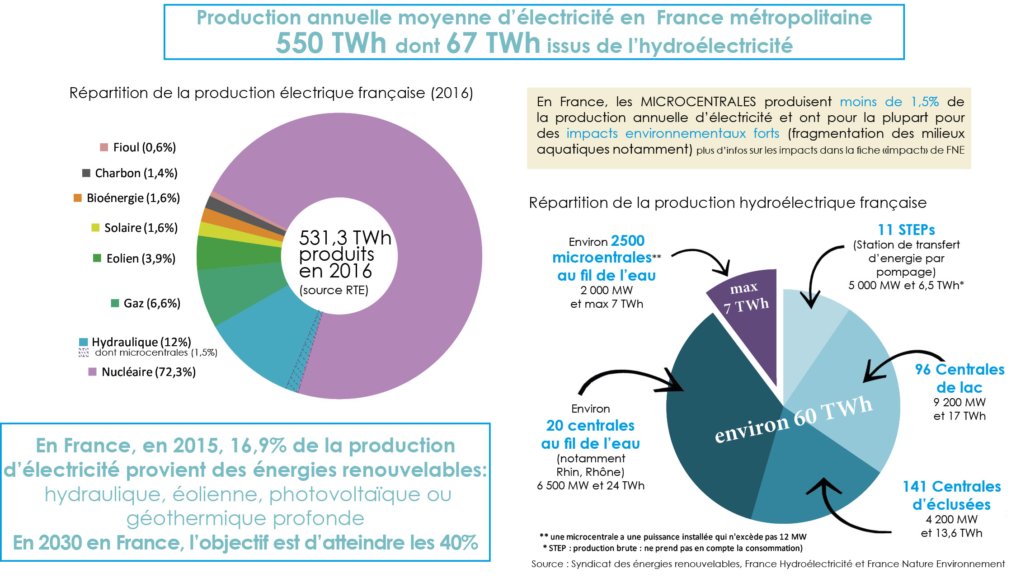
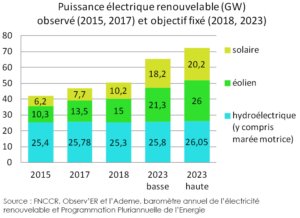


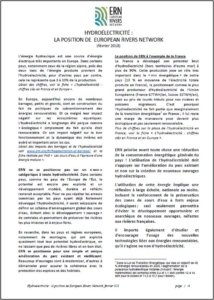
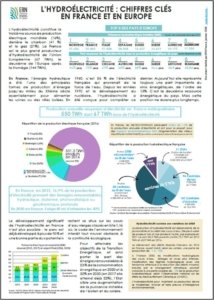
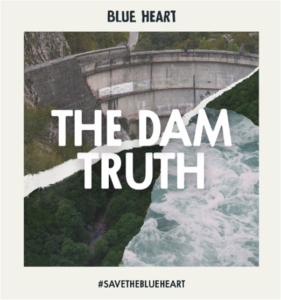
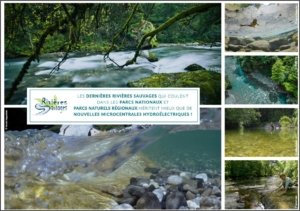
 ERN is the official WWF Freshwater Partner in France and cooperates with WWF Switzerland, Austria, Netherlands and others
ERN is the official WWF Freshwater Partner in France and cooperates with WWF Switzerland, Austria, Netherlands and others